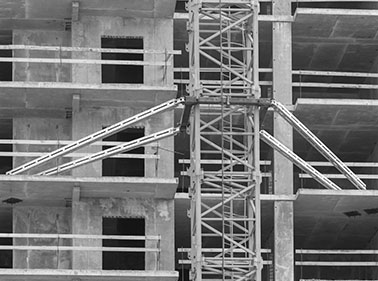The significance of rebar in concrete structures

Which is better? Ready Mix Concrete or hand mixing concrete
November 11, 2020What are the benefits of hollow blocks in a slab?
December 2, 2020Rebar in In-situ slabs vs Rib and Block Slabs
In-situ slabs use much more rebar and concrete than Rib and Block slabs, as a result In-situ slabs cost much more than Rib and Block. In-situ slabs are ideal on taller multi floor buildings whereas rib and block is ideal for smaller buildings with 4 floors or less.
Rib and Block slabs use lintels(ribs) and hollow blocks as a form of load bearing shutter which saves costs compared to in-situ slabs which need considerably more rebar steel and concrete and shutterwork on site.
The introduction of rebar as a reinforcing material for concrete is an innovative idea that emerged in the 19th century. It offers a wide range of benefits to construction projects which has made rebar an incredibly important material in the construction industry. Read all about the significance of rebar in concrete structures below:
Obscure designs
Though concrete can be moulded into various shapes quite easily, it cannot be used to create obscure designs on its own. Certain designs such as cantilever structures, need the assistance of rebar in order to for the concrete structure to hold itself up. Neglecting to use rebar in these cases can cause the concrete to crack and crumble over time.
Tensile strength
Concrete has a very low tensile strength, meaning that it cannot withstand a lot of tension. On the other hand, rebar has a very high tensile strength making it the perfect addition to concrete structures in order to strengthen them. This Is especially ideal for large concrete structures that experience high levels of tension.
Compressive strength
One thing that concrete and rebar do have in common is their incredibly high compression strength. The combination of these two strong materials comes in handy when building large structures that will most certainly place a lot of pressure onto each concrete slab. The two, when combined, enhance the durability of each structure that they are used to create.

